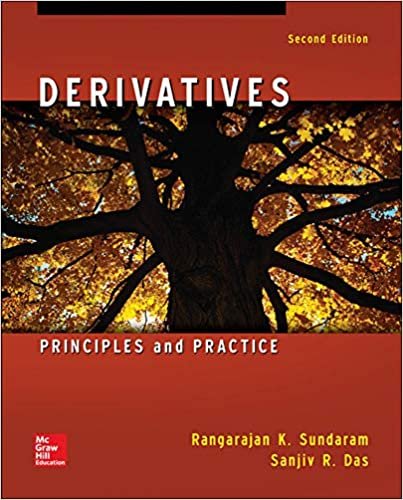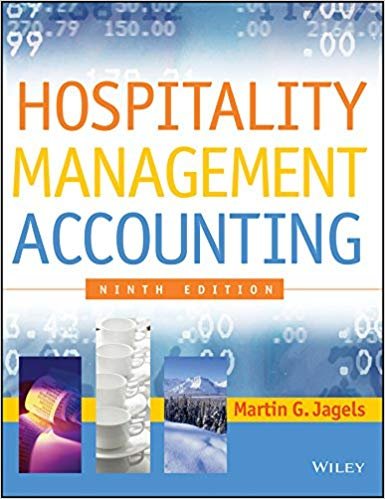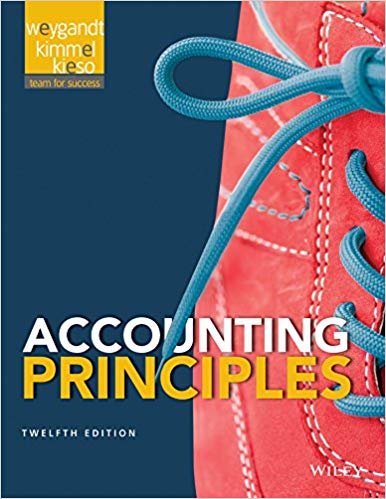Derivatives: Principles and Practice 2nd Edition, ISBN-13: 978-0078034732
$14.99
- Publisher: McGraw-Hill Education; 2nd edition (January 19, 2015)
- Format: PDF
- Language: English
- 960 pages
- ISBN-10: 0078034736
- ISBN-13: 978-0078034732
Derivatives makes a special effort throughout the text to explain what lies behind the formal mathematics of pricing and hedging. Questions ranging from ‘how are forward prices determined?’ to ‘why does the Black-Scholes formula have the form it does?’ are answered throughout the text. The authors use verbal and pictorial expositions, and sometimes simple mathematical models, to explain underlying principles before proceeding to formal analysis. Extensive uses of numerical examples for illustrative purposes are used throughout to supplement the intuitive and formal presentations.
The world derivatives market is an immense one. The Bank for International Settlements
(BIS) estimated that in June 2012, the total notional outstanding amount worldwide was a
staggering $639 trillion with a combined market value of over $25 trillion (Table 1.1)—
and this figure includes only over-the-counter (OTC) derivatives, those derivatives traded
directly between two parties. It does not count the trillions of dollars in derivatives that are
traded daily on the world’s many exchanges. By way of comparison, world GDP in 2011
was estimated at just under $70 trillion.For much of the last two decades, growth has been furious. Total notional outstanding
in OTC derivatives markets worldwide increased almost tenfold in the decade from 1998
to 2008 (Table 1.2). Derivatives turnover on the world’s exchanges quadrupled between
2001 and 2007, reaching a volume of over $2.25 quadrillion in the last year of that span
(Table 1.3). Markets fell with the onset of the financial crisis, but by 2011–12, a substantial
portion of that decline had been reversed.
The growth has been truly widespread. There are now thriving derivatives exchanges not
only in the traditional developed economies of North America, Europe, and Japan, but also
in Brazil, China, India, Israel, Korea, Mexico, and Singapore, among many other countries.
A survey by the International Swaps and Derivatives Association (ISDA) in 2003 found
that 92% of the world’s 500 largest companies use derivatives to manage risk of various
forms, especially interest-rate risk (92%) and currency risk (85%), but, to a lesser extent,
also commodity risk (25%) and equity risk (12%). Firms in over 90% of the countries
represented in the sample used derivatives.
Rangarajan K. Sundaram is Professor of Finance at New York University’s
Stern School of Business. He was previously a member of the economics faculty
at the University of Rochester. Raghu has an undergraduate degree in economics from
Loyola College, University of Madras; an MBA from the Indian Institute of Management,
Ahmedabad; and a Master’s and Ph.D. in economics from Cornell University. He was coeditor
of the Journal of Derivatives from 2002–2008 and is or has been a member of several
other editorial boards. His research in finance covers a range of areas including agency
problems, executive compensation, derivatives pricing, credit risk and credit derivatives,
and corporate finance. He has also published extensively in mathematical economics, decision
theory, and game theory. His research has appeared in all leading academic journals in
finance and economic theory. The recipient of the Jensen Award and a finalist for the Brattle
Prize for his research in finance, Raghu has also won several teaching awards including, in
2007, the inaugural Distinguished Teaching Award from the Stern School of Business. This
is Raghu’s second book; his first, a Ph.D.-level text titled A First Course in Optimization
Theory, was published by Cambridge University Press.
Sanjiv Das is the William and Janice Terry Professor of Finance at Santa Clara University’s
Leavey School of Business. He previously held faculty appointments as associate professor
at Harvard Business School and UC Berkeley. He holds post-graduate degrees in finance
(M.Phil and Ph.D. from New York University), computer science (M.S. from UC Berkeley),
an MBA from the Indian Institute of Management, Ahmedabad, B.Com in accounting and
economics (University of Bombay, Sydenham College), and is also a qualified cost and
works accountant. He is a senior editor of The Journal of Investment Management, coeditor
of The Journal of Derivatives and the Journal of Financial Services Research, and
associate editor of other academic journals. He worked in the derivatives business in the
Asia-Pacific region as a vice-president at Citibank. His current research interests include
the modeling of default risk, machine learning, social networks, derivatives pricing models,
portfolio theory, and venture capital. He has published over eighty articles in academic
journals, and has won numerous awards for research and teaching. He currently also serves
as a senior fellow at the FDIC Center for Financial Research.







Reviews
There are no reviews yet.